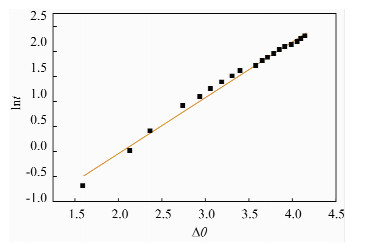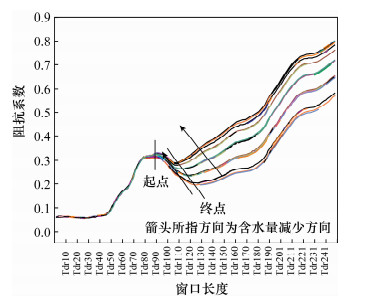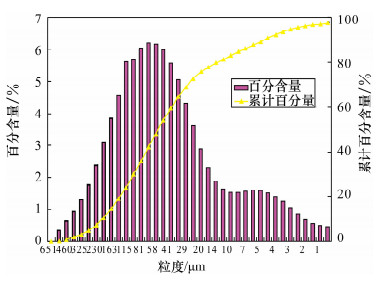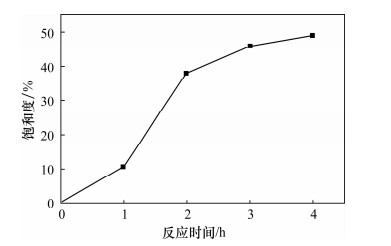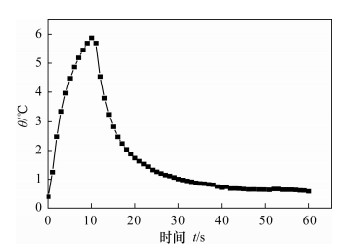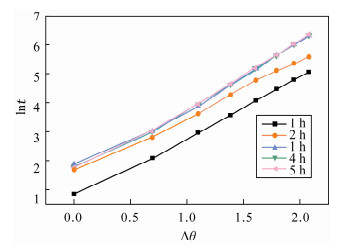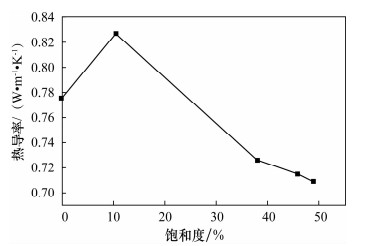| [1] |
许红,黄君权,夏斌,蔡乾忠.最新国际天然气水合物研究现状与资源潜力评估(上)[J].天然气工业,2005, 25(5): 21-25.
Google Scholar
|
| [2] |
许红,黄君权,夏斌,蔡乾忠.最新国际天然气水合物研究现状及资源潜力评估(下)[J].天然气工业,2005, 25(6): 18-23.
Google Scholar
|
| [3] |
Sloan E D, Bloys J B, Hydrate Engineering[M]. USA: Society of Petroleum Engineers, 2000: 148-152.
Google Scholar
|
| [4] |
Winters W J, Pecher I A, Waite W F, Mason D H. Physical properties and rock physics models of sediment containing natural and laboratory-formed methane gas hydrate[J]. American Mineralogist, 2004, 89(8-9): 1221-1231. doi: 10.2138/am-2004-8-909
CrossRef Google Scholar
|
| [5] |
Winters W J, Waite W F, Mason D H, Gilbert L Y, Pecher I A. Methane gas hydrate effect on sediment acoustic and strength properties[J]. Journal of Petroleum Science and Engineering,2007, 56(1-3): 127-135. doi: 10.1016/j.petrol.2006.02.003
CrossRef Google Scholar
|
| [6] |
金春爽,汪集旸.天然气水合物的地热研究进展[J].地球科学进展,2001, 16(4): 540-543.
Google Scholar
|
| [7] |
Stoll R D, Bryan G M. Physical properties of sediments containing gas hydrates[J]. Journal of Geophysical Research, 1979, 84(B4): 1629-1634. doi: 10.1029/JB084iB04p01629
CrossRef Google Scholar
|
| [8] |
Waite W F. Thermal conductivity measurements in porous mixtures of methane hydrate and quartz sand[J]. Geophysical Research Letters, 2002, 29(24): 2229-2235.
Google Scholar
|
| [9] |
Rosenbaum E J, Niall J, Johnson J K, Shaw D W, Warzinski R P. Thermal conductivity of methane hydrate from experiment and molecular simulation[J]. The Journal of Physical Chemistry B,2007, 111(46): 13194-13205. doi: 10.1021/jp074419o
CrossRef Google Scholar
|
| [10] |
刁少波,业渝光,岳英杰,张剑,陈强,胡高伟.多孔介质中水合物的热物理参数测量[J].岩矿测试,2008, 27(3): 165-168.
Google Scholar
|
| [11] |
任图生,邵明安,巨兆强, Horton R.利用热脉冲-时域反射技术测定土壤水热动态和物理参数Ⅰ.原理[J].土壤学报,2004, 41(2): 225-229. doi: 10.11766/trxb200305160210
CrossRef Google Scholar
|
| [12] |
任图生,邵明安,巨兆强, Horton R.利用热脉冲-时域反射技术测定土壤水热动态和物理参数Ⅱ.应用[J]. 土壤学报,2004, 41(4): 523-529. doi: 10.11766/trxb200305160405
CrossRef Google Scholar
|
| [13] |
Campbell G, Calissendorff C, Williams J. Probe for measuring soil specific heat using a heat-pulse method[J]. Soil Science Society of America Journal,1991, 55(1): 291-293. doi: 10.2136/sssaj1991.03615995005500010052x
CrossRef Google Scholar
|
| [14] |
Tarara J M, Ham J M. Measuring soil water content in the laboratory and field with dual-probe heat-capacity sensors[J]. Agronomy Journal,1997, 89(4): 535-542. doi: 10.2134/agronj1997.00021962008900040001x
CrossRef Google Scholar
|
| [15] |
Wright J, Nixon F, Dallimore S, Matsubayashi O.A method for direct measurement of gas hydrate amounts based on the bulk dielectric properties of laboratory test media [C]//The Fourth International Conference on Gas Hydrate, ICGH-Ⅳ. Japan: Yokohama, 2002: 745-749.
Google Scholar
|
| [16] |
胡高伟,业渝光,刁少波,张剑,刘昌岭.时域反射技术测量海洋沉积物含水量的研究[J].现代地质,2010, 24(3): 622-626.
Google Scholar
|
| [17] |
陈强,业渝光,刘昌岭.多孔介质体系中甲烷水合物生成动力学的模拟实验[J].海洋地质与第四纪地质, 2007,27(1): 111-116.
Google Scholar
|
| [18] |
Dalmazzone D, Hamed N, Dalmazzone C. DSC measurements and modelling of the kinetics of methane hydrate formation in water-in-oil emulsion[J]. Chemical Engineering Science, 2009, 64(9): 2020-2026. doi: 10.1016/j.ces.2009.01.028
CrossRef Google Scholar
|
| [19] |
胡高伟.南海沉积物的水合物声学特性模拟实验研究[D].武汉:中国地质大学, 2010.
Google Scholar
|



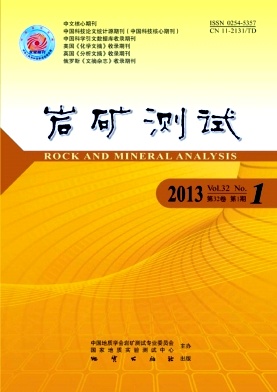

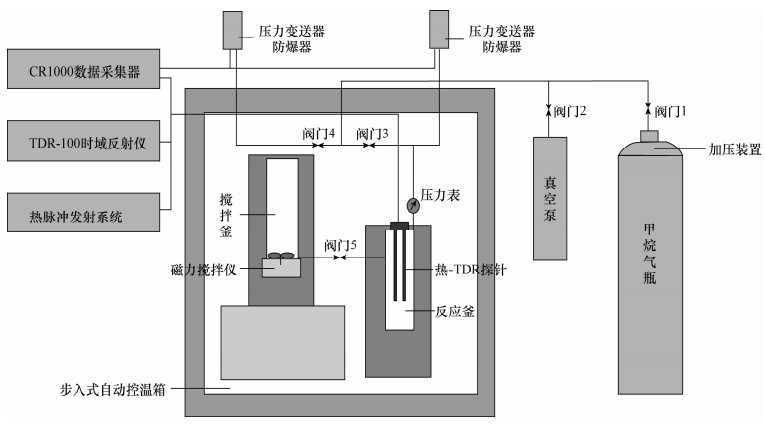

 DownLoad:
DownLoad:
